Characterising Chipotle's Style with Passion
Passion Pictures' director Saschka Unseld on why love is the ultimate way to fight the commercialisation of food.
Chipotle's latest offering, A Love Story, has already stolen our hearts and we're sure it will do the same to yours.
Passion Pictures' director Saschka Unseld talks to shots about creating characters, maintaining house style but having full reign to do what he pleases in the fast food giant's newest animation. Not bad for a first commercial project since signing with Passion...
Over the past few years, Chipotle has become known for its quirky animations and emotionally-led storytelling. What was the inspiration behind the latest Chipotle ad?
Chipotle and CAA came to Passion with the brief to tell a story about the history of advertising and how it's changed the food industry. Food advertising was initially about about good food but it ended up being about selling. I wanted to find the human connection in that story, so the main questions I asked in my pitch were – What about the people who own those restaurants, the ones that go through this change? Why do they go through and how might that have started? How would they react if after 20 years they realise or reflect on where they’ve got to?

What was the message you wanted to send out with this campaign and why do you think a love story was most appropriate way of getting this across?
Following on from the idea of restaurant owners faced with a changing industry, I wanted to build more meaning for the characters... and that’s when it struck - making this a love story between two owners of two different restaurants would add to the story’s emotional charge. They basically have a 20-year argument about who sells better, until they realise what the important things in life are and begin to cultivate a better world - which is the campaign’s tagline and our central message.
Tell me about creating the characters…
CAA and Chipotle gave us free rein to develop the characters, trusting us to explore which characters would be right for the story. We started with simple 2D designs. We had a few different versions of Ivan, but I think Evie was instantly right; everyone fell in love with the first version we designed and presented. We then modelled them, making really simple CG maquettes to test the transition from design to CG. Once we were happy with that, we continued to refine and build detail.

What were the biggest difficulties in creating the ad?
Aside from the obvious hurdles that come with creating a 4-minute CG film and having to refine (and re-refine) each frame, it was tricky to get the character transition right. We had to find the right volume language to make sure we kept to the simplicity of the designs. Our art director, Katy Wu, guided us with textures for each character. We wanted everything in the world, especially the characters, to have a friendly physicality; taking it further than 2D but not going too photo-real.
Part of the reason for the ad’s success is due to its comedic timing. As there’s no dialogue in the spot, the narrative is controlled entirely by the image so how did you ensure that it remained funny in the right places and carried it through?
Transmitting the comedy is all part of getting the emotional tone and nuances of the characters right. It’s a painstaking process that involves small tweaks to their movement and facial expresions. A constant back-and-forth between the crew and I. Passion has such a root in character animation and I found it invigorating to have a team and a company where that comes first. As you said, it’s all part of the ad’s success - it’s what people will connect with afterwards.

Since Back to the Start, Chipotle has created a signature style. How would you define this style and did you feel a certain pressure to overcome/match with this latest offering?
The last two animated films from Chipotle are both beautiful, but very different. One of the most important things I wanted to achieve here was to create something that is visually unique and different to the other stuff that’s out there. This had two sides; firstly, to really be true to original CG designs - because so often the final result is nowhere near the beauty of an original design. and secondly, to be bold with our light, colour and shading.
Connections
powered by
- Production Passion Pictures
- Director Saschka Unseld
Unlock this information and more with a Source membership.
)
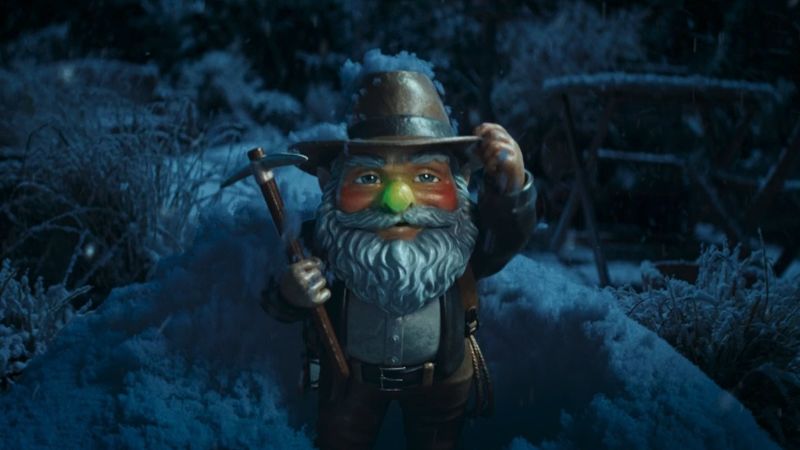

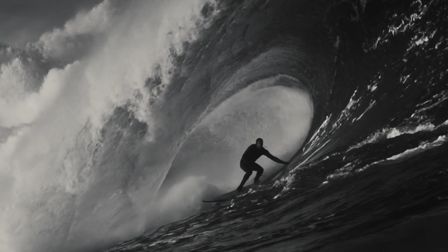
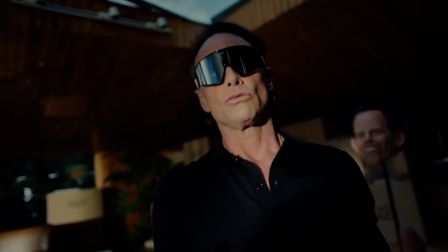
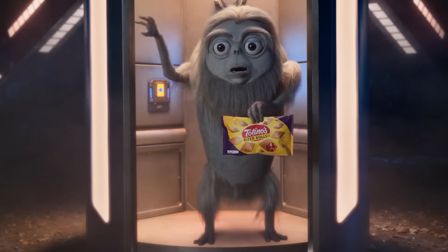
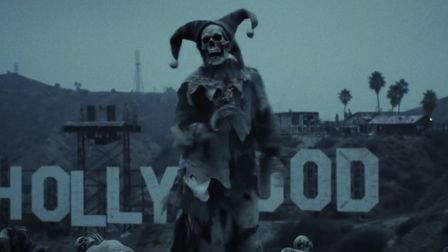
 Membership
Membership


